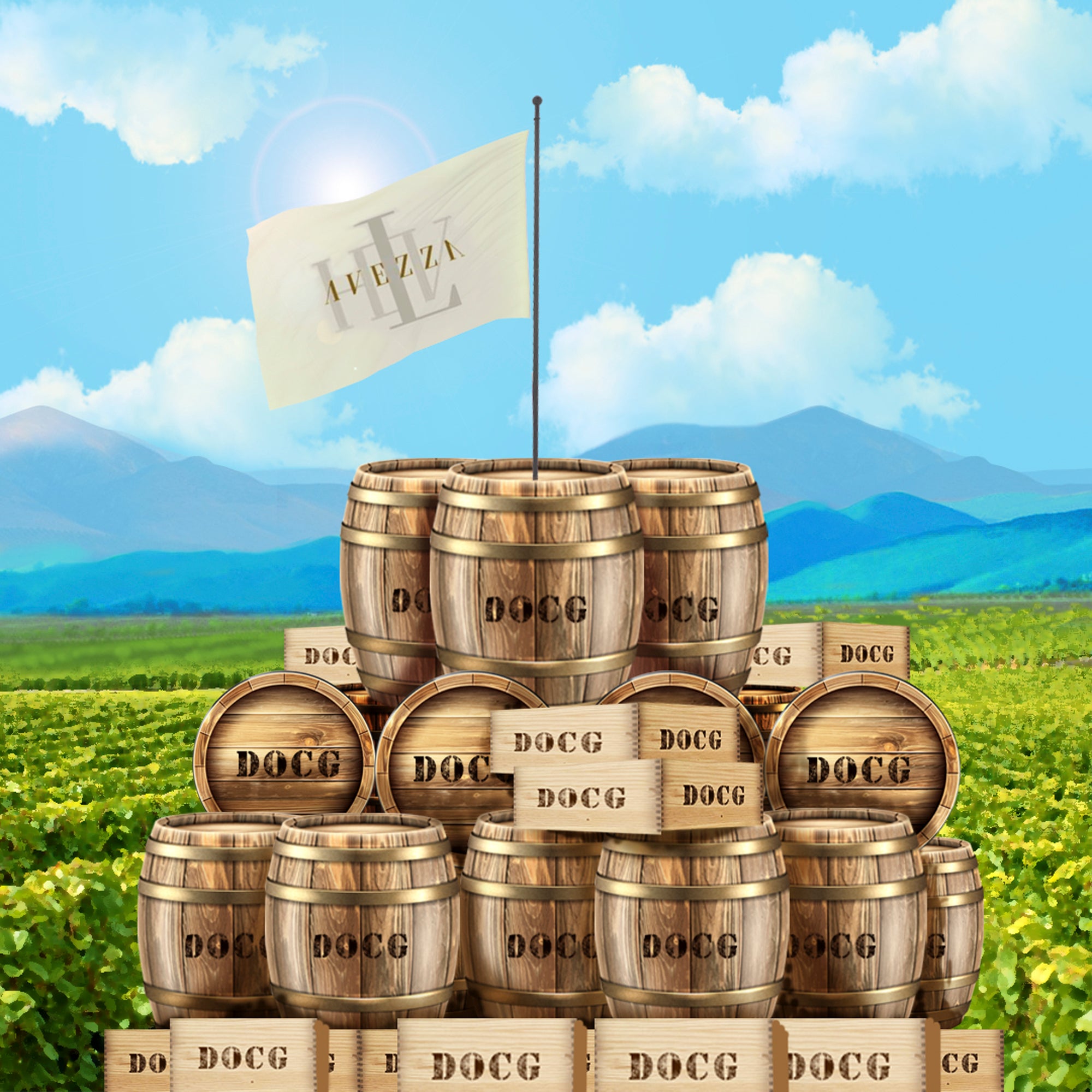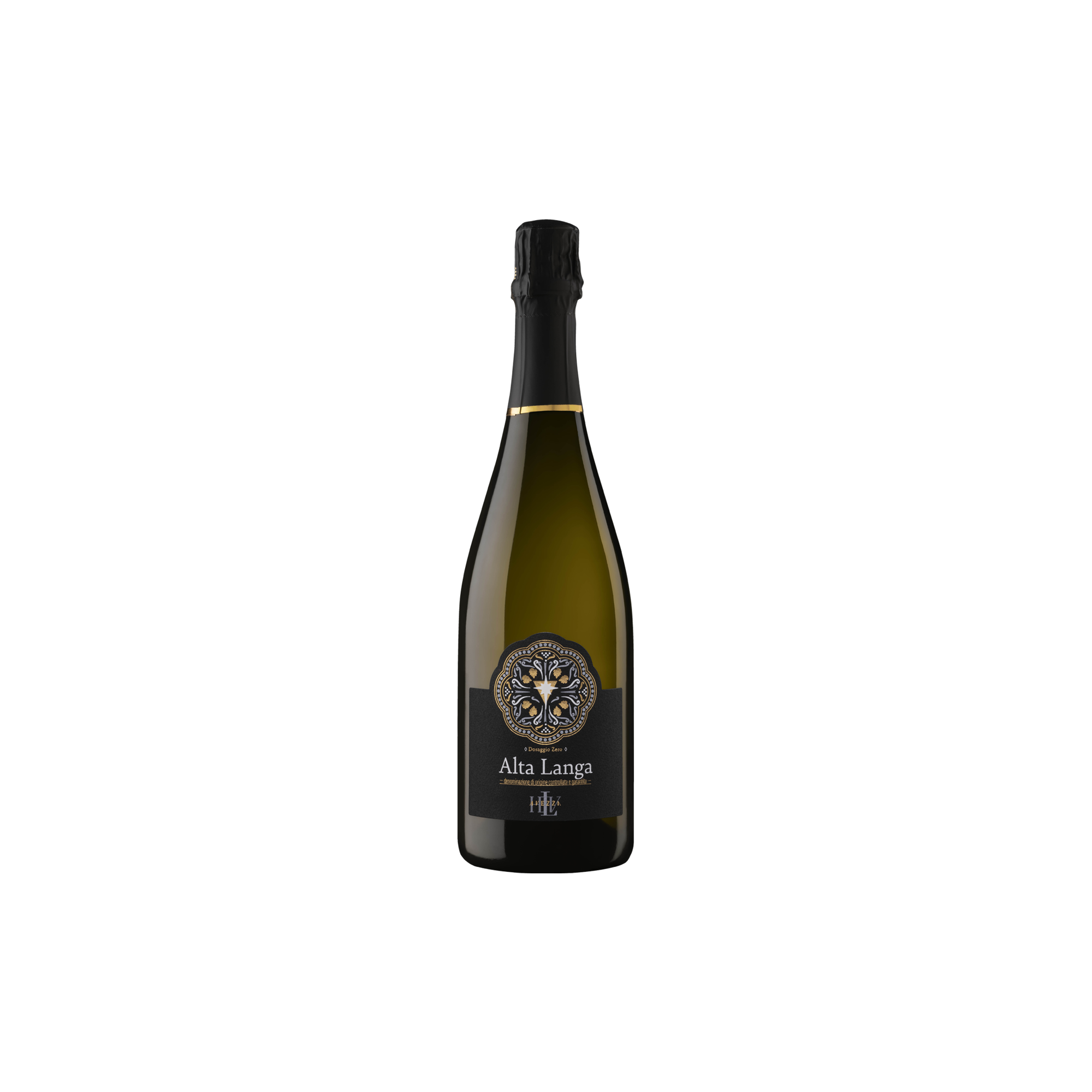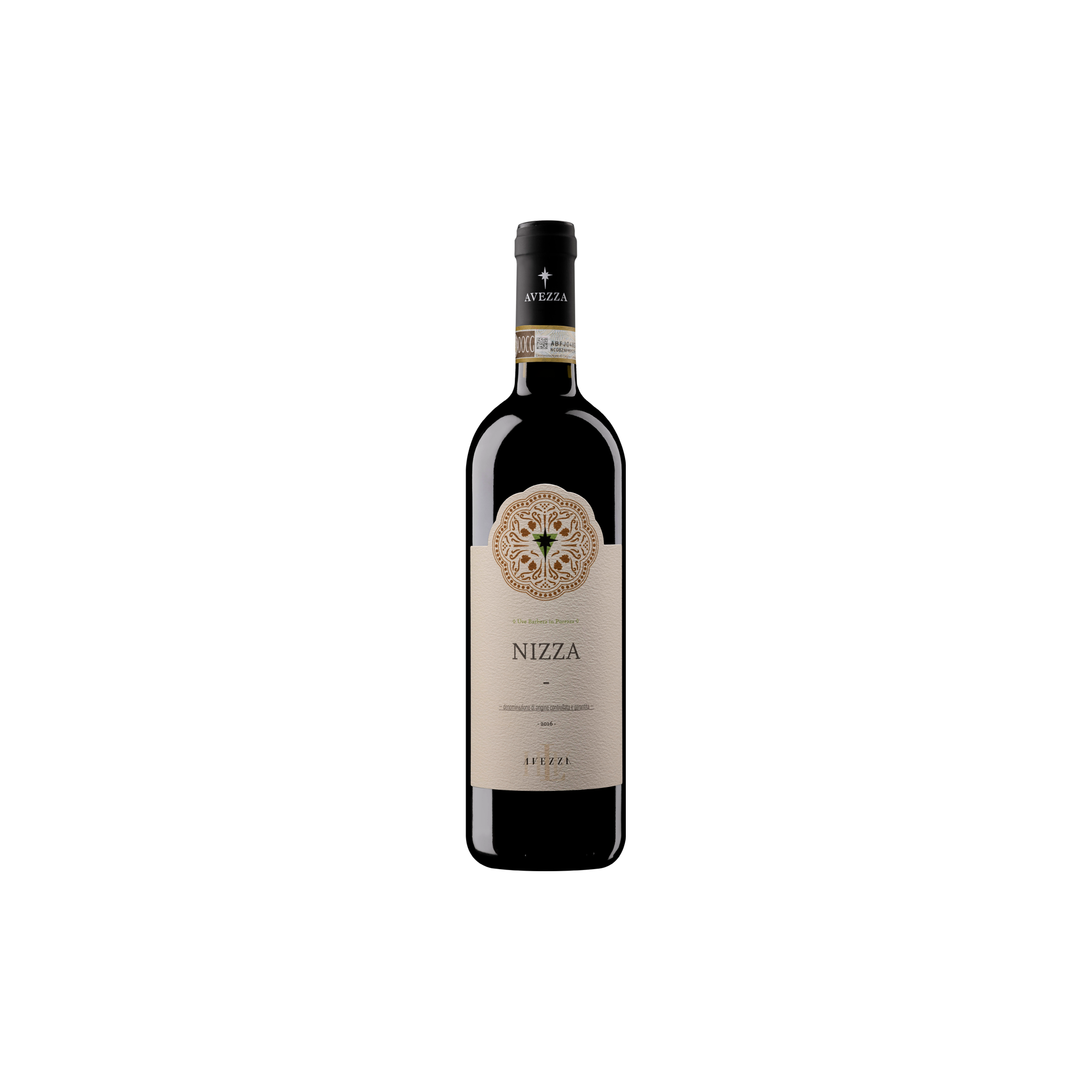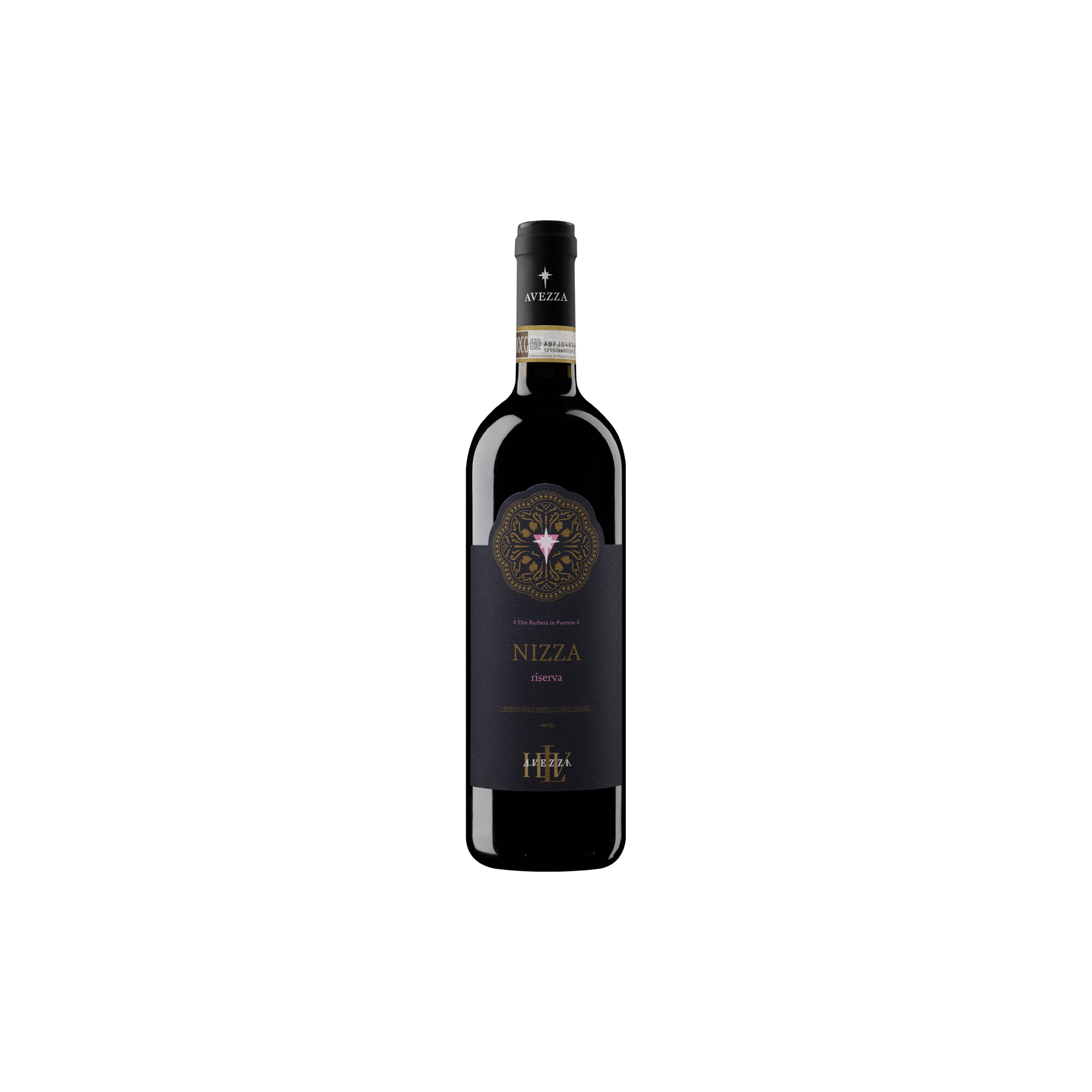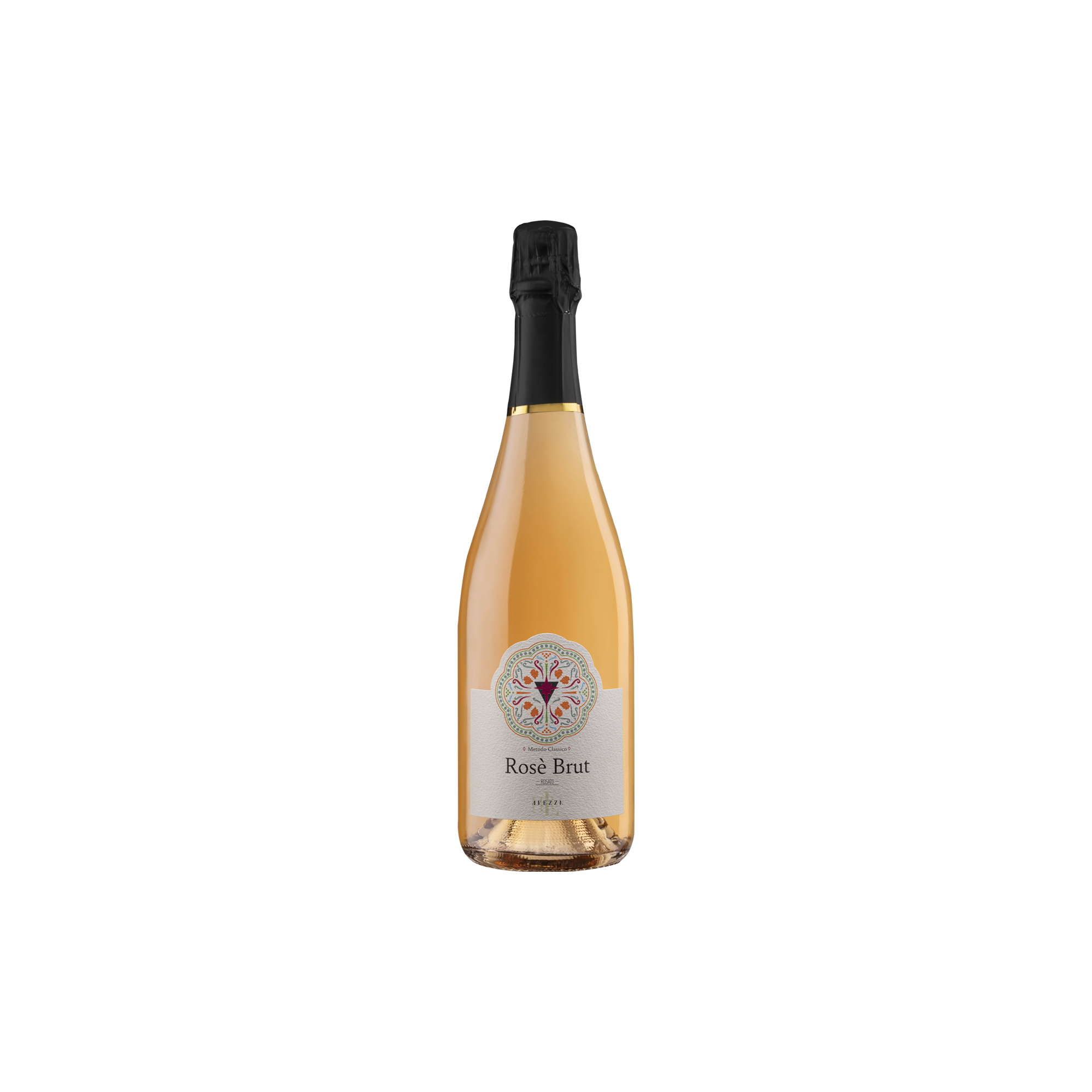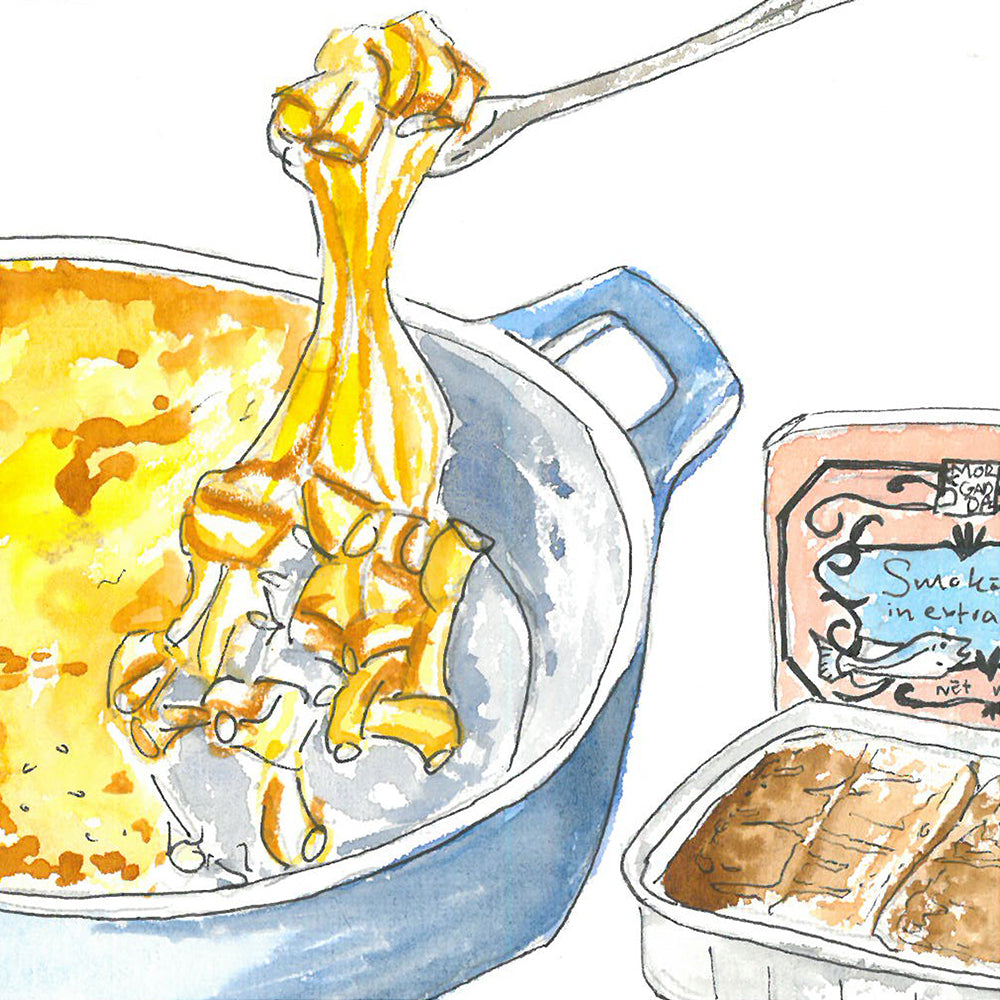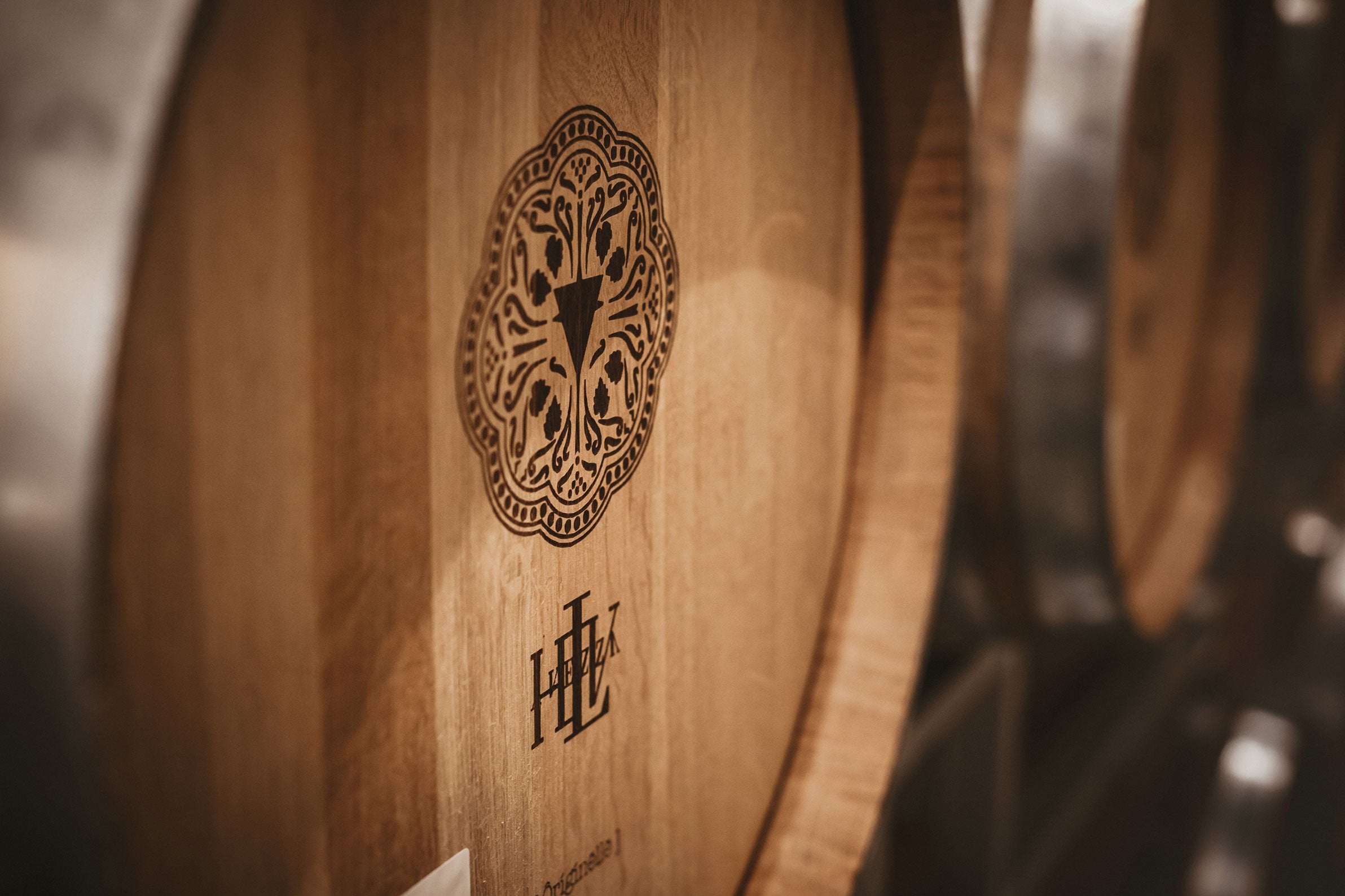What is it about rulebreakers that makes them so appealing? Indifference to others' opinions is an appealing quality, commitment to one’s own desires over external expectations is another. While I’m not advocating for the over-romanticisation of those that break laws and rules to the point of harm, it’s hard to deny that we humans love a good punk, a brazen outlaw, a dancer to the beat of their own drum. Even if we disagree with them, we often find ourselves respecting them.
Every industry, culture and mythology has a figure like this in one form or another and you might be surprised to hear that the prestigious world of wine is no different. Yet, is it any surprise that such a roguish beverage has inspired a few rogues?
But so what? What is the ultimate value of defiance? Is there a point to it in relatively innocuous industries? And is it relevant in big-picture contexts? This article aims to explore these questions by looking at wine-making in Piedmont, Italy, a region so entwined with tradition that breaking it is not only frowned upon but sacrilege.
Tradition – Dead People’s Baggage?
The contemporary - like many of history's epochs - has experienced critical questioning of old beliefs and practices and the ramifications that come with them. While there’s no doubt that some traditions are unequivocally problematic, is it fair to disregard all customs of bygone eras? Probably not. As long as we still trust in our ability as a society to think critically about the harms or harmlessness of specific customs, then it’s probably fine for a tradition to linger; as long as it does no outright harm nor hinder someone’s right to live as they choose.
A decent argument in favour of upholding tradition is heritage. Now you might be borderline nauseated by a false implication that I'd defend tradition as a crucial pillar of society to be protected at all costs; I’m not, because I don't think it is. Aside from timeless virtues like patience and courage, I don’t believe most of our ancestors' values apply to modern circumstances. Nor do I believe traditions mirror modern values – which is where the aforementioned critical thinking comes in. But – assuming that a tradition is innocuous – its presence is a beautiful way to viscerally acknowledge and honour our heritage.
Is this broad pontificating? You bet. But the question of heritage is far more relevant and nuanced in wine than you might think. The red, white or rose liquid in your glass is very much a reflection of heritage, and not solely in the abstract. Wine is one of the finest visceral iterations of heritage one can experience. How so? The terroir.
We wrote a comprehensive breakdown on terroirs but the shorthand explanation of a terroir is the combination of local components that influence a wine from that region, ranging from climate to winemaker techniques. In the context of wine, terroir is the reflection of heritage. You are drinking from some of the same vines that have been growing there for generations, cooled or heated by whatever topographical landmarks that have existed long before humanity, cultivated by human practices that have been in place for centuries. So to say when some gunslinging cowboy comes into some vineyard to defy tradition, it becomes more than rebelliousness in principle, it defies what's expected of the terroir. There's a stickiness here because even novices attach expectations to famous terroirs. When you order champagne, you tend to expect a specific experience, same with big bold Bordeaux wines, or Canadian Icewines. All this is to say that certain characteristics get attached to terroirs, and therefore the cases in which rebels break away from tradition might result in something unfavourable for the consumers, those that have no emotional investment in the sentiment of tradition to begin with.
Yet, stillness is a synonym for stasis, and a strong argument against tradition is that without change, nothing can grow. In every industry, regardless of the staunch respect attached to traditions or protocols, innovation comes in those margins where people have defied tradition. There are a lot of innovations that go wrong but every once and a while one trailblazer does something different that soon becomes a new norm that is overwhelmingly good for the industry and any peripheral party. All it takes is one breakthrough to make the world a better place. So while I’m sentimental about some traditions, allowing room for these margins of defiance seems like wisdom.
The Piedmont Tradition
Piedmont’s history of wine-making dates back to the Roman Empire, and many wineries have existed within the same family for generations, some of which aren’t even commercial entities but simply produce wine to be enjoyed by family and friends. This enduring history and presence illustrate that not only has wine been a seriously profitable trade for the region, but it is a cultural passion for its people, with many considering the craft and the beverage to be a matter of legacy. All this is said as a general overview of Piedmont viticulture to get a bigger picture before zooming in on the components that make up that tradition, which are arguably insignificant in isolation but greatly influence the whole.
Beginning with practices not unique to Piedmont – and therefore arguably, but not absolutely, the less significant – there are the Vineyard practices, how the wines are aged, and the fermentation processes. How a vineyard manages itself is both unique and common, in that each vineyard will have its own system and habits, but all more or less follow universal viticultural rules; Piedmont, however, does tend to see more hand-picked harvests than most other regions, though picking by hand isn’t a Piedmont practice. In Piedmont, wines are typically aged in Oak barrels, allowing the wines to develop more complex flavours such as smoky vanilla and sweet spice over time. Oak aging is especially common in Piedmont-specific wines such as Barolo, which sits for 2-5 years in ‘botti,’ the local term for the large oak barrels. Finally, there’s the fermentation processes, of which prolonged grape-skin maceration is common in Piedmont, a process that leaves the skin in contact with the juice while it ferments, extracting more tannins and aromatic compounds from the skins. But once again, its commonality doesn’t make it unique to Piedmont.
Regarding the unique qualities of the Piedmont tradition, we have already mentioned a crucial one in the family-owned estates, which facilitates the transference of knowledge from one generation to another, a process that elevates practices and craft above mere tradition. There is also the custom of food and beverage pairings, which technically isn’t a unique concept to Piedmont, but Piedmont gastronomy - such as truffles, hazelnut and aged cheeses and dried meats - is. Though this particular component is a happy coincidence that has less to do with viticulture.
The greatest exceptionalism in Piedmont is its grape varieties and the wine styles they inform. The most famous of varietals from Piedmont are Nebbiolo, Barbera and Dolcetto, which produce classic wines like Barolo, Barbera d’Alba and Dolcetto di Dogliani. These wines blur the line between a desired tradition and official requirements. With specific food items, Italy is precious about its authenticity, often putting into law specific requirements foods have to meet to be considered authentically Italian or in this case Piedmontese. Parmesan, as an example, can be from anywhere, but the prestigious Parmigiano-Reggiano must hail from Emilia-Romagna, and it must restrict ingredients to salt, skimmed cow’s milk and an anti-curdling enzyme called rennet. Similar restrictions exist on some Piedmontese wines.
A bottle of the legendary Barolo must be:
- Exclusively made with Nebbiolo grapes grown in Barolo.
- Aged to a minimum of 38 months, of which at least 18 months must be in oak barrels.
- A product of a low harvest yield, to ensure higher concentration of flavours and quality.
- Made from grapes with a level of ripeness measured in sugar content and acidity levels.
- Made with specific fermentation and maceration processes, though with these there’s a little wiggle room.
The above reads more like a hard-coded recipe than tradition, and more like a technical classification than anything else. If, hypothetically, an identical terroir existed elsewhere in the world, and Nebbiolo grapes were used to make a wine with the same practices listed above, is the only difference between that wine and a Barolo the classification?
This informs why so many wineries and producers strictly follow tradition, it can mean make or break for their livelihood as authenticity is often only proven with one of these certificates of origin. Tradition, in this case, is arguably less about honouring the past than it is about insulating the future. This makes it all the more admirable when individuals defy tradition, therefore surrendering a degree of market security.
The Trailblazers of Piedmont
With all of this talk regarding Piedmontese tradition, it's worth shining a light on those that broke it, for better or worse.
The Father of Barolo
Beginning with one of the most influential defiers of tradition is a man named Aldo Conterno. In the early 1900s, this winemaker experimented with blending wines from different vineyards within Piedmont rather than from a single vineyard. This was a disruptive approach to the Piedmont practices as back then as there was much higher value placed on a single vineyard's or specific terroir's expression. Conterno believed that his method would create far more complex and balanced wines and his new approach quickly proved that belief, gaining a reputation that dubbed the process and the man behind it ‘The Father of Barolo,’ and set a now-common practice for Piedmontese winemakers. He gained that moniker because he was based in the Barolo region, but also for his unwavering commitment to high-quality Nebbiolo grapes and Barolo wines.
The Barolo Boys
Not related to the supposed father of Barolo, this group of winemakers from the ‘70s challenged the tradition and the status quo of the Piedmontese wine industry that was largely dominated by larger wineries and cooperative cellars that squeezed out smaller producers, the latter of which were highly prized within Italy as a whole. Inspired by other winemaking regions, they wanted to create more fruit-forward and bright wines - flavour profiles that contrasted the stern and tannic Barolo wines that were the standard set by the aforementioned larger wineries. Their techniques involved ageing in smaller oak barrels, reduced grape yields that prioritised more ripened grapes, and shorter maceration periods. They also incorporated foreign grape varieties, which was the most controversial of their many unconventional approaches to winemaking. This approach put emphasis back on the local terroir and what a vineyard can do for a grape variety, as well as modern winemaking practices not yet adopted by the region still clinging to old ways.
While considered sacrilegious by many, their practices led to a transformation in Piedmontese winemaking and reaffirmed the Barolo reputation on an international stage, something that was threatened and harmed by that period’s rote approach to its wines and the economic damage leftover from the Second World War.
Avezza
Avezza is a small wine producer in Calamandrana, a municipality in Asti, Piedmont. Purchased in 1956 by Paolos Avezza and ran almost entirely by him as a tiny operation for the better part of seven decades, this modest outlet of interesting wines has always been a small spark of boldness in the Piedmont wine space. Interested in how modern techniques could influence classic wines, Paolo ran Avezza like his personal laboratory, experimenting with a wide range of methods on tiny batches he reserved for family and friends. Indeed, for the most part, the scale of the old Avezza was too small to place a dent in the Piedmont tradition.
Fast-forward to now and Avezza has established two new DOCG, which has more significance than what an esoteric abbreviation might imply. A DOCG stands for ‘Denominazione di Origine Controllata e Garantita,’ which translates to "Controlled and Guaranteed Designation of Origin." This article briefly mentioned – and lightly criticised the weight of - the repute of an origin tag before, so you’d be forgiven for waving that away as inconsequential. But within the wine world, it is very rare for new DOCGs to be established because they, in a way, straddle both sides of tradition. They’re aligned with tradition because to establish a new DOCG with a wine – in Avezza’s case it’s the Nizza and Alta Langa, using the Barbera and Pinot Nero/Chardonnay blend varietals, respectively – they must follow strict regulations regarding wines made with those varietals which are heavily informed by regulations in every other DOCG. In this sense, they’re playing by the rules. However, this article already established that every terroir is unique, and so every DOCG paired with a terroir is also unique because the regulations of this certificate must adhere to the unique landscape of wherever the grapes are being grown. In this sense, they are setting the new tradition. However, their modest yet refreshing approach to wine-making norms goes beyond a box-ticking exercise.
The relationship between Nebbiolo and Barbera grapes resembles two siblings: the parent’s favourite child and the black sheep. But then imagine that favourite child became Michael Jordan and the black-sheep sibling became Scottie Pippen or even Ron Harper. The latter is visible in the wine world but lingers in Nebbiolo’s shadow to the point of obscurity. This isn’t Barbera’s fault. It makes versatile wines with bright acidity and crowd-pleasing accessibility, but it also happens to be an oft-forgotten Piedmontese varietal, its natural talent eclipsed by those it shares a geography with. Yet Avezza not only focused on elevating Barbera, it made the varietal its flagship in establishing a new DOCG. And what do we love more than an outlaw? An underdog. Avezza happens to be both.
The Weight of Tradition
The above examples are the defiances that have had happy endings. Many other breakers of tradition have had less than stellar results, some of which lead to bankruptcy and even deaths of their beloved wine drinkers, with practices more akin to cutting corners than the swashbuckling romance of defying tradition. But the above examples do put the thumb on the scale in favour of defying tradition, as they often move tradition toward progress, and then establish the new tradition. In this regard, defiance is a virtue, pushing beyond stasis towards something new and better. For the craft, this can mean a better product, and for the environment, it can mean more sustainable practices, both of which are positives regardless of whether the industry can be considered innocuous, especially for such a holistic problem as climate change.
However, defiance for defiance's sake can be a little passe, and while aimless rebelliousness can yield interesting results, it is often frivolous. Yet growth in any context is a dynamic of tension, pushing and pulling, selective and thoughtless, and there will always be conscientious defiance and aimless rebellion and good-faith conservatism and stubborn rigidity. And this dance will continue to happen as long as there are those that will follow the rules; and those that are willing to break them.
